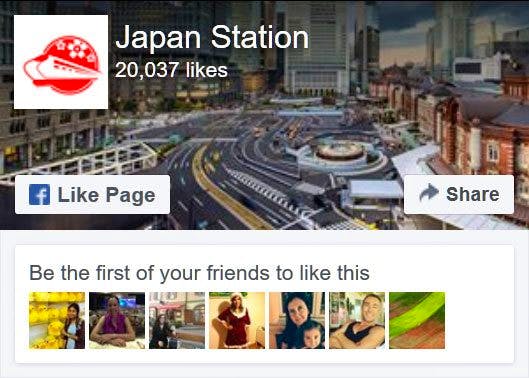The Tokaido-Sanyo Shinkansen is a bullet train network that extends from Fukuoka on Kyushu Island in southern Japan to Tokyo in the eastern part of Honshu Island.
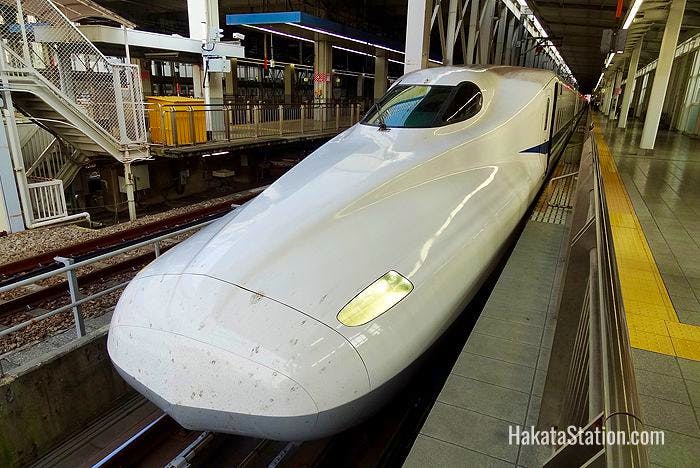
A Nozomi service on the Sanyo Shinkansen line waits to depart at Hakata Station
The railway is actually made up of two connected bullet train lines: the Sanyo Shinkansen, which links Hakata Station in Fukuoka with Shin-Osaka Station, and the Tokaido Shinkansen, which connects Shin-Osaka with Kyoto, Nagoya and Tokyo. Some through-service trains on the network travel all the way from Hakata to Tokyo in just over five hours.
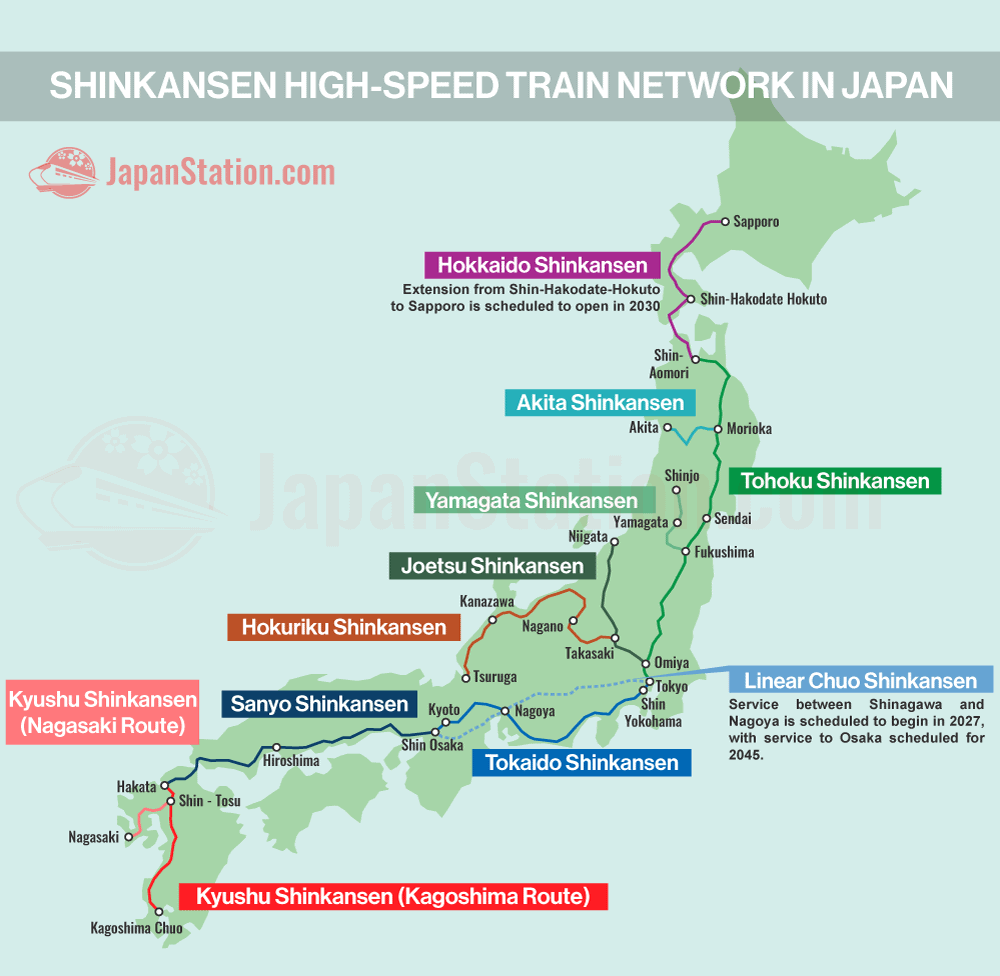
Shinkansen high-speed train network in Japan map
Having carried billions of passengers since they were opened between 1964 and 1975, the Tokaido and Sanyo bullet train lines are some of the busiest high-speed rail lines in the world. With over 300 services per day, the average daily ridership on the Tokaido Shinkansen, for instance, is 420,000 passengers; the average delay is less than one minute. The bullet trains have also contributed significantly to the economic development of modern Japan, and are a favorite of businesspeople.
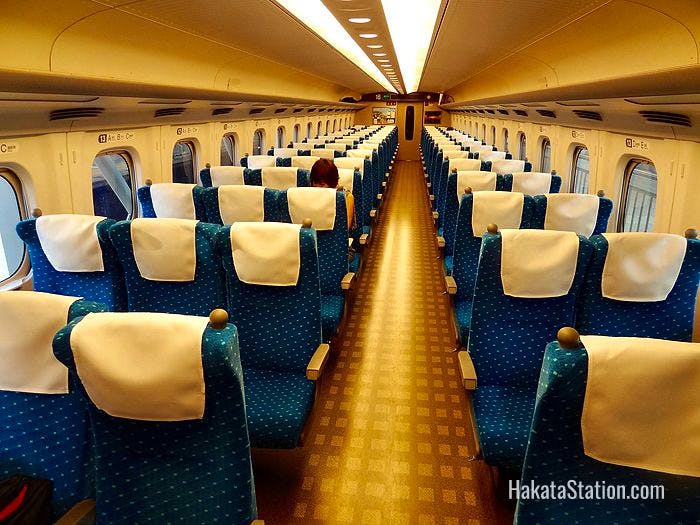
Interior view of a regular carriage on the Sanyo Shinkansen bullet train
The bullet trains on these lines are divided into three classes of service: Nozomi, the fastest service, making the fewest stops; Hikari, which stops at more stations than Nozomi services; and Kodama trains, which stop at every station. In addition to these, Mizuho and Sakura services run between Shin-Osaka and Kagoshima-Chuo, with Mizuho trains making fewer stops than the milk-run Sakura services.
Note that Japan Rail Passes can be used on all the above except the Nozomi and Mizuho services.
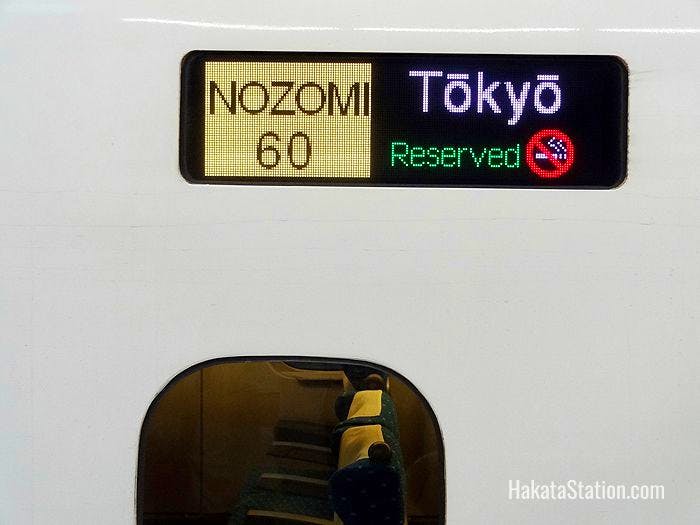
Nozomi Shinkansen make the journey from Hakata to Tokyo stations in just over five hours
Key Destinations from Hakata Station
Hiroshima
Hiroshima bears an important legacy as the world’s first city to suffer atomic bombing. Its A-bomb Dome, a UNESCO World Heritage Site, is a haunting testimony to the horrors of war and efforts toward nuclear disarmament. But this bustling city of 1.2 million people is also a foodie paradise (okonomiyaki savory pancakes are not to be missed) and a gateway to the beautiful island of Miyajima, famed for its Itsukushima Shinto shrine, which seems to float on the waters of the Inland Sea. Other attractions include the Hiroshima Peace Memorial Museum, Shukkei-en garden and Hiroshima Castle.
Train fare: 8,420 yen
Train time: 1 hour and 3 minutes
Osaka (Shin-Osaka Station)
The antidote to straight-laced Tokyo, Osaka is a freewheeling, fun-loving metropolis at the heart of an urban area that’s home to 19 million people.
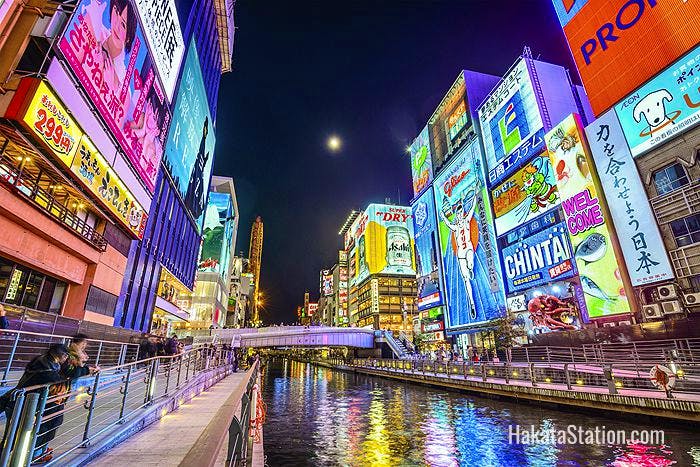
Dotonbori district in Osaka
Some of the highlights here include the riot of neon signs in the Dotonbori district, shopping in Shinsaibashi, checking out the marine life in the Osaka Aquarium Kaiyukan, and visiting Osaka Castle and Universal Studios Japan. Osaka’s proximity to the historical and cultural attractions of Kyoto (28 minutes on the JR Tokaido Main Line or 12 minutes by Tokaido Shinkansen bullet train) makes it an easy day trip from the ancient capital.
Train fare: 14,480 yen
Train time: 2 hours and 25 minutes
Kyoto
Kyoto is regarded as the traditional, cultural heart of Japan because it was the capital for more than 1,000 years. With a population of nearly 1.5 million, it’s a modern metropolis but still has a wealth of traditional architecture such as Buddhist temples and Shinto shrines.
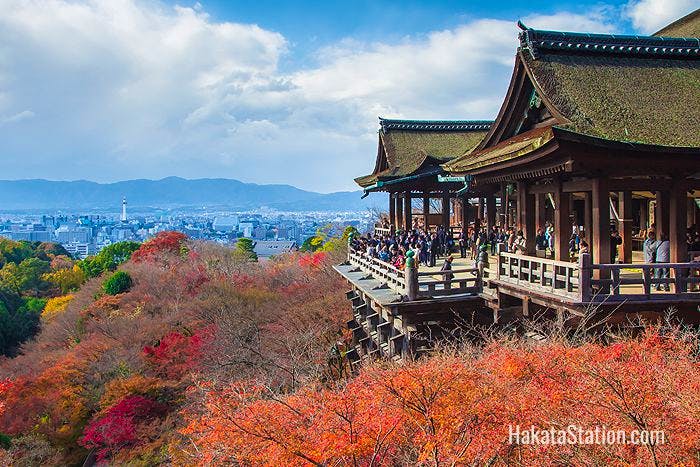
Kiyomizu-dera temple in Kyoto
Highlights of these include Kiyomizu-dera temple, Kinkaku-ji temple, Ryoan-ji temple rock garden and Fushimi Inari Taisha shrine. Of course, spotting a geisha walking the back streets of the Gion district in her kimono and wooden clogs is a thrill for many visitors to the old capital.
Train fare: 15,120 yen
Train time: 2 hours and 48 minutes
Nagoya
Nagoya is the capital of Aichi Prefecture and one of Japan’s largest cities with a population of 9.10 million in its greater urban area. Although it’s the center of Japan’s industrial and manufacturing heartland, Nagoya also has some worthy sights for travelers. The arcade by Osu Kannon temple is packed with small shops selling Japanese handicrafts and local specialties. The Tokugawa Art Museum features exhibits related to the shogunal rulers of Japan’s samurai era. The Toyota Commemorative Museum of Industry and Technology, meanwhile, shows off the innovations of local powerhouse Toyota Motor.
Train fare: 17,500 yen
Train time: 3 hours and 26 minutes
Tokyo
Japan’s capital, for centuries the seat of the shogun, lies at the center of one of the largest metropolitan areas in the world and offers a dynamic blend of traditional culture and contemporary innovation. The Imperial Palace, home of the Japanese emperor and his family, stands across from Tokyo Station and is home to one of the most popular Japanese gardens in the country (East Gardens of the Imperial Palace). The Tokyo Station Hotel designed with classic European decor, high-vaulted ceilings and expansive windows is located in the iconic Tokyo Station Building,
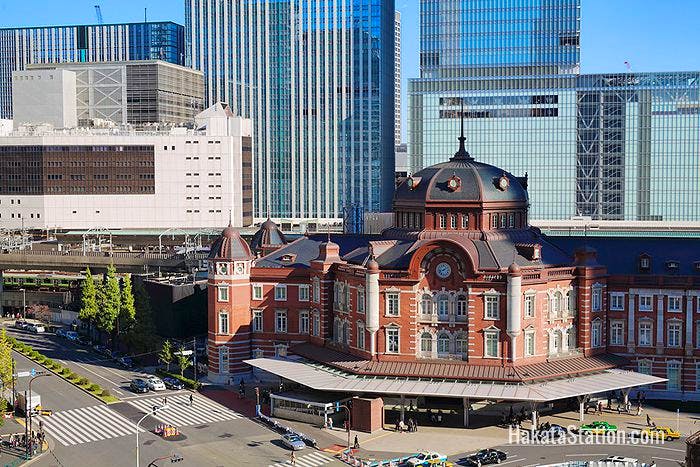
Iconic Tokyo Station building in the capital’s Marunouchi district
Aside from other sights such as Tokyo Skytree, Roppongi Hills and Tsukiji fish market, Tokyo is best experienced through its neighborhoods – Asakusa, Ginza, Shibuya, Harajuku and Shinjuku to name a few. Tokyo’s innumerable excellent dining options, amusing pop culture products and unique blend of East and West are making it one of the most popular cities for international tourism in the run-up to the 2020 Olympic Games in the Japanese capital.
Train fare: 21,810 yen
Train time: 5 hours and 9 minutes
Article by Tim Hornyak. All rights reserved.
